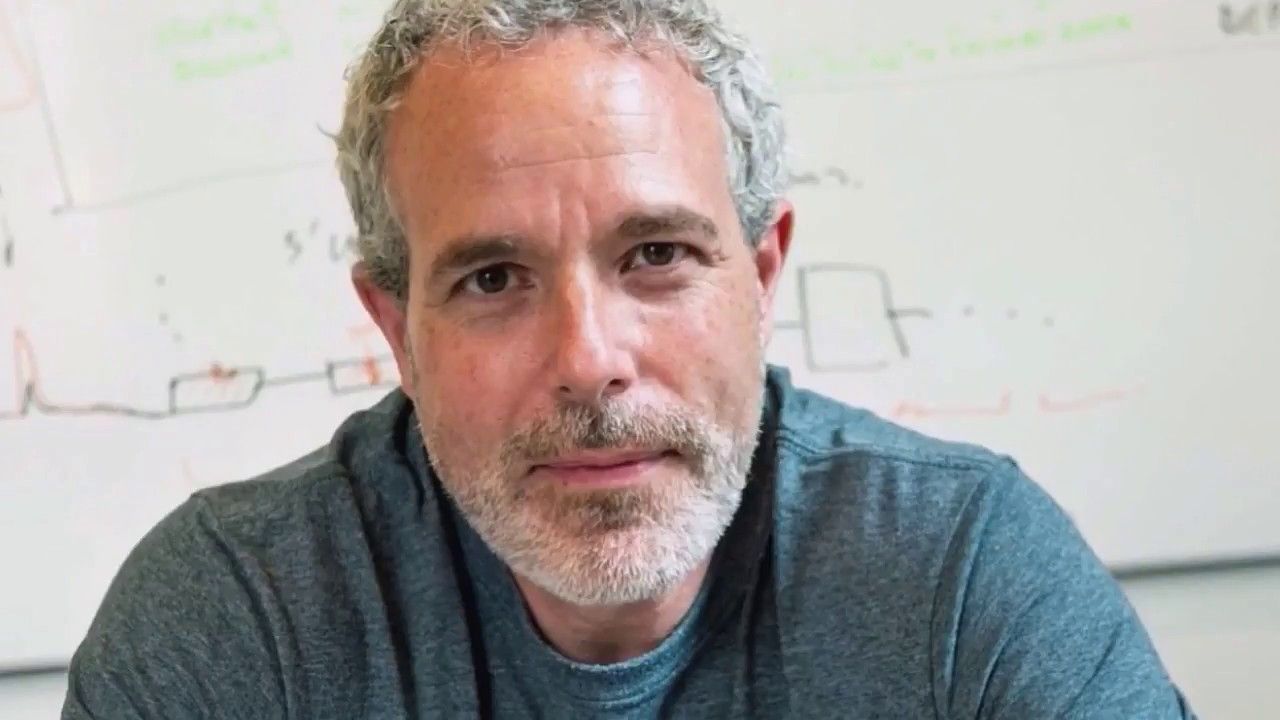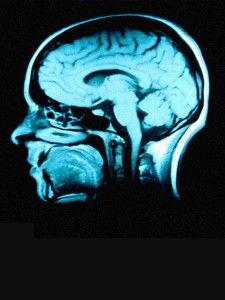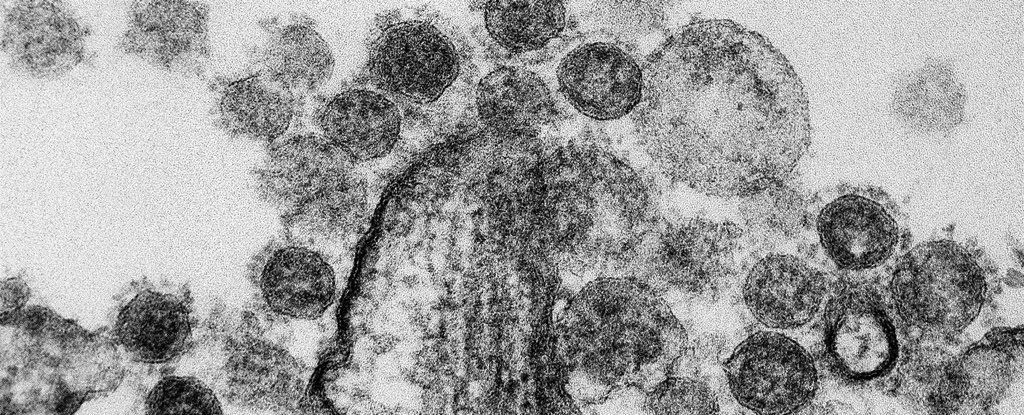Archive for the ‘bioengineering’ category: Page 171
Dec 22, 2017
The US Just Ended Its Own Ban on Engineering Deadly Viruses in The Lab
Posted by Shailesh Prasad in categories: bioengineering, government, health
The US federal government has lifted an enforced moratorium on funding research into how to make viruses deadlier and more transmissible.
The moratorium, which was imposed three years ago, froze funding for what’s called “gain of function” research: controversial experiments seeking to alter pathogens and make them even more dangerous. Now, the money is back on the table, giving those trials the green light once more.
The director of the National Institutes of Health (NIH), Francis S. Collins, announced the lifting of the moratorium on Tuesday, saying gain of function (GOF) research with viruses like influenza, MERS, and SARS could help us “identify, understand, and develop strategies and effective countermeasures against rapidly evolving pathogens that pose a threat to public health”.
Continue reading “The US Just Ended Its Own Ban on Engineering Deadly Viruses in The Lab” »
Dec 21, 2017
Bioquark Inc. — Beyond Confidence — Biotechnology and Human Health
Posted by Ira S. Pastor in categories: aging, bioengineering, biological, biotech/medical, DNA, futurism, genetics, health, life extension, neuroscience
Dec 20, 2017
Bioquark Inc. — Make 90 the new 50! — Healing Ties Podcast
Posted by Ira S. Pastor in categories: aging, bioengineering, biological, cryonics, DNA, genetics, health, life extension, science, transhumanism
Dec 16, 2017
Organized Crime Is Being Decentralized
Posted by Shane Hinshaw in categories: 3D printing, bioengineering, biological
Every time there’s a new technology, criminals immediately take advantage of it, explains Steven Kotler. It’s only a matter of time before they find new, nefarious uses for 3D printing and synthetic biology.
Dec 16, 2017
Brendan Frey — Genome Reprogramming
Posted by Montie Adkins in categories: bioengineering, biotech/medical, genetics, health, information science, robotics/AI

https://www.youtube.com/watch?v=tIVNjCpqCaY&feature=share
Brendan John Frey FRSC (born 29 August 1968) is a Canadian-born machine learning and genome biology researcher, known mainly for his work on factor graphs, the wake-sleep algorithm for deep learning, and using machine learning to model genome biology and understand genetic disorders. He founded Deep Genomics and is currently its CEO, and he is a Professor of Engineering and Medicine at the University of Toronto. He co-developed a new computational approach to identifying the genetic determinants of disease, was one of the first researchers to successfully train a deep neural network, and was a pioneer in the introduction of iterative message-passing algorithms.
Frey studied computer engineering and physics at the University of Calgary (BSc 1990) and the University of Manitoba (MSc 1993), and then studied neural networks and graphical models as a doctoral candidate at the University of Toronto under the supervision of Geoffrey Hinton (PhD 1997). He was an invited participant of the Machine Learning program at the Isaac Newton Institute for Mathematical Sciences in Cambridge, UK (1997) and was a Beckman Fellow at the University of Illinois at Urbana Champaign (1999).
Dec 15, 2017
Bioquark Inc. — Aging Boomers Podcast
Posted by Ira S. Pastor in categories: aging, bioengineering, biological, cryonics, genetics, health, science, transhumanism
Tags: aging, anti-aging, biotech, biotechnology, health, healthspan, immortality, longevity
Dec 15, 2017
Bioquark Inc. — Biotech and Beyond — Aquarian Radio
Posted by Ira S. Pastor in categories: aging, alien life, astronomy, bioengineering, biological, cosmology, futurism, genetics, health
Dec 15, 2017
Bioquark Inc. — Health & Wellness — Freedom Talk Radio UK
Posted by Ira S. Pastor in categories: aging, bioengineering, biological, biotech/medical, DNA, genetics, health, life extension, neuroscience, transhumanism
Tags: aging, anti-aging, biotech, biotechnology, health, healthspan, immortality, longevity
Dec 15, 2017
Bioquark Inc. — Biotech / Longevity — George Wilder Jr. Show
Posted by Ira S. Pastor in categories: anti-gravity, bioengineering, biological, biotech/medical, cryonics, health, life extension, neuroscience, science, transhumanism
Tags: aging, anti-aging, biotech, biotechnology, health, healthspan, immortality, longevity













